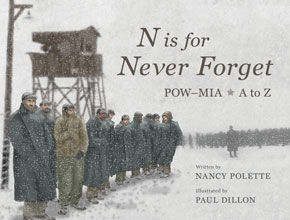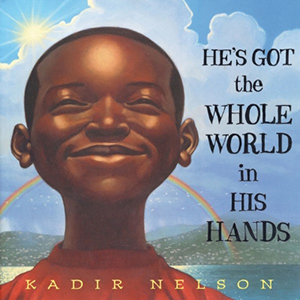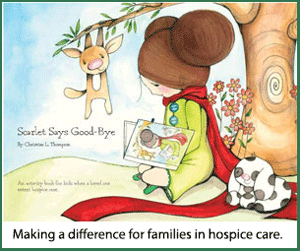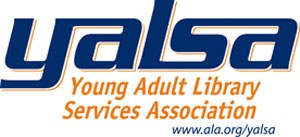Arriving on a college campus for the first time can be all at once exciting, unnerving, and isolating. What if there was a way to instantly connect with other students in a meaningful way? Colleges and universities around the country are putting a book into the hands of incoming freshmen with hopes it will start them off on the same page.
Common reading programs, also known by authors, publishers, and schools as the First-Year Reading Experience, offer a dynamic educational experience and bonding opportunity for new students. Schools choose one book for its freshman class to read the summer before they arrive on campus and develop a unique curriculum to tackle the topics and themes of each book, often culminating in a much-anticipated visit from the author.
At Purdue University, the incoming class of 2017 is reading Colin Beavan’ s No Impact Man. Yvonne Smith, associate director of student success, explained that the school’s selection committee arrived at this decision after culling through an initial list of fifteen titles. Then the committee, comprised of students, faculty, and staff, narrowed the list down to five books before taking a final vote. Ultimately, No Impact Man’s lessons on sustainability and waste management were seen as timely discussion topics for professors to incorporate into their courses and seminars.
Choosing a book that elicits excitement both in and out of the classroom is the goal of any teacher. Inspirational and intellectual nonfiction books are a common choice among colleges. Smith College, in Northampton, Massachusetts, decided on Sonya Sotomayor’s memoir, My Beloved World, because of its intimate look at the challenges that come with being an educated person. The book also delves into the complications of getting to know oneself, something all freshmen can relate to during their first tentative steps toward adulthood.
“We seek compelling readings that we hope will engage students socially and intellectually,” says Jane Stangl, PhD, dean of the first year class at Smith College. “We have learned over time that what we want most from our readings is a book that engrosses students in such a way that the majority of them will be excited by it.”
Creating dialogue among students the moment they step on campus can be tricky business. At Smith College, the residence program centers around student houses. Faculty members will host discussions about My Beloved World in this environment during the fall semester. Stangl explains that this approach allows students to discuss these relevant themes in the very environment where they live.
Technology is also playing a vital role in many first year reading programs. At the University of South Carolina (USC), where students are reading The Postmortal by Drew Magary for the 2013-2014 academic year, a discussion has already started on Twitter, with students voicing opinions, asking questions, and creating popular hashtags. “Twitter is a much more powerful tool than anything else this year,” says Mary Elizabeth Sewell, associate director of the University 101 Programs and director of the First-Year Reading Experience at USC.
USC’s program is now in its 20th year. Sewell explains that the program aims to challenge new students and set the tone and expectation for the rest of their academic careers.
It is easy to relate to the anxious, nervous feelings felt by a college freshman new to campus life. A student’ s train of thoughts will likely jump from class schedules, to deadlines, to assignments, and then on to more pressing questions. Will I like the roommate that is being randomly selected to live with me for at least the next year? Should I join a club in hopes of making new friends?
Putting a book in the hands of every freshman allows students to consider subjects outside their own lives. When USC chose No Impact Man for the 2011 academic year, students grappled with environmental, economical, and social issues. Instead of absently wondering what was on the campus dinner menu, they were wondering where those fruits, vegetables, and meats came from and how they ended up in the dining hall. “We did a fantastic job of utilizing No Impact Man and promoting its theme campus-wide. It is great for students to see how these issues play out on campus,” says Sewell.
Common reading programs are becoming more and more popular at colleges and universities across the country to the delight of professors and publishers. Authors are thrilled when they are chosen, knowing that their book will be placed in hundreds of hands. Publishers happily customize book jackets with a school’ s logo and help facilitate author events whenever possible.
“I have always found this to be a wonderful project, from the collective reading experience with colleagues in an effort to find the ‘right one,’ to the first discussion with the students in their houses, to the campus chatter about the author that follows. I believe the common reading experience is a great way to integrate all of us to the start of the academic year,” says Stangl. And, she adds, “At a personal level, it keeps me reading. And I love to read.”
When she’s not writing or climbing the corporate ladder at her publishing job, you can find Erin scouring Brooklyn for good food and unique finds. www.ErinJSimpson.com











